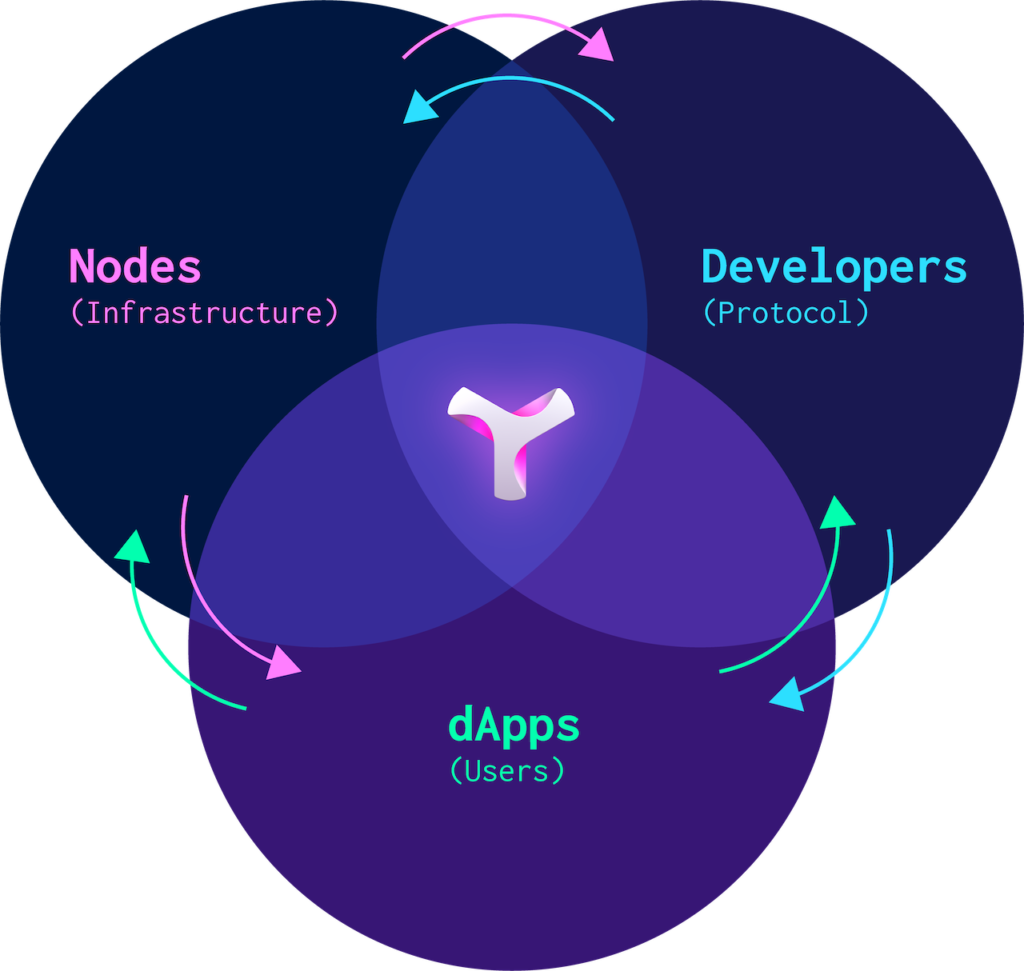
12 Jul Yo-ho-ho, and a bottle of space rum 🏴☠️
My thoughts on “Reflections of Space Pirates” by @XHarvesting
You may have seen an explosion of pirate related posts and paraphernalia on social media in the Symbol world recently. This is due to the publication of “Reflections of Space Pirates” by @0x6861746366574, @Jaguar0625 and @NCOSIGIMCITYNRE. In this document they set out some of the visions for the future of Symbol as well as the work ethos that they are championing and would like the community to adopt.
I loved reading it and thought that I would make a blog post about it. It is a rushed piece and is my personal interpretation of the the document but I thought hey, why not share with a wider audience.
What is the purpose of Symbol?
This is a question that I have found difficult to answer in the past. The official Symbol website is very corporate and lists a lot of jargon that may mean something to someone but I have always found it very vague. Here is the bold statement that I wanted to see “Symbol seeks to disrupt economies” no beating around the bush, here is what Symbol is for and this is what we will strive to do.
At the core of any successful protocol is disruption, whether it’s disrupting payment infrastructure (Bitcoin); disrupting cloud computing (Ethereum); disrupting cloud storage (Arweave); or disrupting wireless networks (Helium). In this, Symbol seeks to disrupt economies — both existing, and emerging — by providing an efficient market for their operation that enables users to define and exchange value as digital tokens.
How will we achieve this?
OK so it is all very well to make a bold claim but it is something else to back this up with a concrete plan.
These markets are represented by small, purpose-built chains (subChains) that are anchored to the settlement layer (mainChain) through a roll-up centric interconnect based, in part, on zero-knowledge proofs. Each subChain is represented by its own utility token (a mosaic) which is rewarded to nodes that produce new blocks (block harvesters). These utility tokens can either be staked (letting the node act as a liquidity provider) or traded for goods and services (through decentralized applications or decentralized exchanges).
I’m not going to quote large blocks of text here but you can imagine multiple different markets for different goods and services that use the Symbol blockchain. These are all subchains which then use the main chain (Symbol) as a settlement layer using XYM.
Subchains
So, subChains.. What are they. They can be anything you like. You could store custom data e.g. NFTs on chain.
One solution to this dilemma could be a series of dedicated subChains for content storage, where mosaics are representations of a given data file.
XEM will be a Symbol token! It will be used for payment of royalties where a percentage of a sale will be passed on every time an asset is transferred and also taxes, one off fees for each transfer.
One of the first planned subChains to launch on Symbol will be NIS1 and its native token XEM. Alongside NIS1 two new concepts — royalties and taxes — will be introduced. Adapted from the levy feature, royalties enable a percentage of a given token sale to be directed to an account every time it is transferred; while taxes are an additional fee added on top of a transfer. Both transaction types will be denominated in XEM and can be swapped for XYM (or other subChain tokens) at a liquidity provider.
Symbol and XYM will be at the heart of everything. It was so frustrating for me after Symbol launch that there was a real lack of awareness from the wider crypto community and there was no real focus or use case put forward for what Symbol was there to achieve. This has now changed.
The future of Symbol envisions it as the hub and interchange layer at the center of a universe of bespoke chains without global scalability constraints. subChains are our first step towards this.
Syndicates and System Design
I hate this heading but I like what it represents. It’s right, the success of Symbol is built on the community, on the users, on the developers, the moderators, people that are singing its praises on social media and blog posts. It is not down to NGL and the lack of transparency and communication that have come from the corporate suits.
… innovations tend to be produced by small teams of self-organized individuals, rather than large teams or existing corporations.
Symbol is decentralised, its success should also be built on decentralisation. In the wise words of Rage Against the Machine and my teenage 90’s self “we gotta take the power back!” 😄
So, there are many interested parties that are working towards making Symbol a success. These are broken down into three categories in the document. Nodes, developers and dApps. Each member of the different syndicates has a reason to help ensure the success of the chain for the greater good.

Ambassadors
Then we have the ambassadors. These guys are the voice of the syndicates.
Ambassadors are quickly identified by their communication and relationship skills. They work to bring about coordination of chaos and champion the ideas of their representative communities. They’re often translators, writers and educators — in some protocols, they’re ‘ecosystem representatives’; in others, ‘network coordinators’.
Quadratic funding
Ok in the interest of space and time I will skim over this part. Basically quadratic funding will allow individuals to buy a vote on which projects they think should be funded. This encourages the funding of projects which will benefit the largest number of users – a simple but powerful concept.
One for all and all for one
Syndicates, ambassadors and quadratic funding. At the heart of the new decentralised Symbol ecosystem. We will put the collective success of Symbol above our own selfish gains, it makes sense as if we build a stronger Symbol we will all collectively, profit more.
We think syndicates are a powerful form of self-organization that are successful because they incentivize participants to put collective successes above their own, while enforcing a commitment to the same principles that made blockchain successful: disruption, decentralization and transparency. Paired with quadratic funding, we think syndicates empower a vibrant, self-organizing community of contributors and collaborators that are all aligned in a common mission: Symbol.
The Space Pirate’s Code
OK, so at the start of this blog post I was talking about space pirates. What the hell does all this have to do with space pirates?!
Well the new modus operandi (do space pirates use Latin?) follows the pirate code. This is written a million times better than I can summarise in Reflections of Space Pirates so please give it a read. Also check out this amazing video on the pirate code – it will become abundantly clear that this is the right way to work and you will be wanting to join the Symbol pirate ranks after watching it!
We are all now space pirates and this voyage is going to be epic!
I am super excited about the future of Symbol and you should be to. If we can pull this off as a pirate crew, if you can contribute, if we can build the dream then we will all get our share of the spoils 🏴☠️

Thanks for reading and I strongly urge you to read the beautifully written document that this was based on “Reflections of Space Pirates“.
I’m a Symbol and NEM enthusiast and run this blog to try to grow awareness of the platform in the English-speaking world. If you have any Symbol news you would like me to report on or you have an article that you would like to publish then please let me know!


rg911
Posted at 19:51h, 15 JulyNice read +1+1